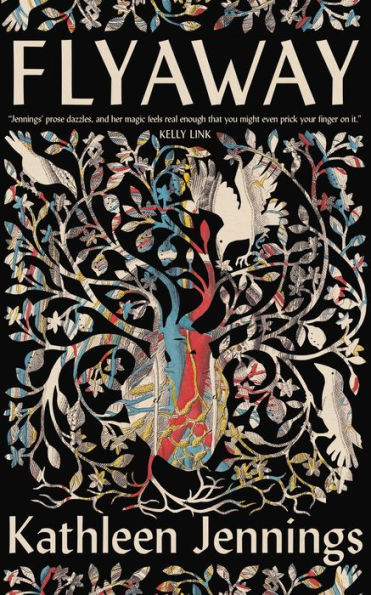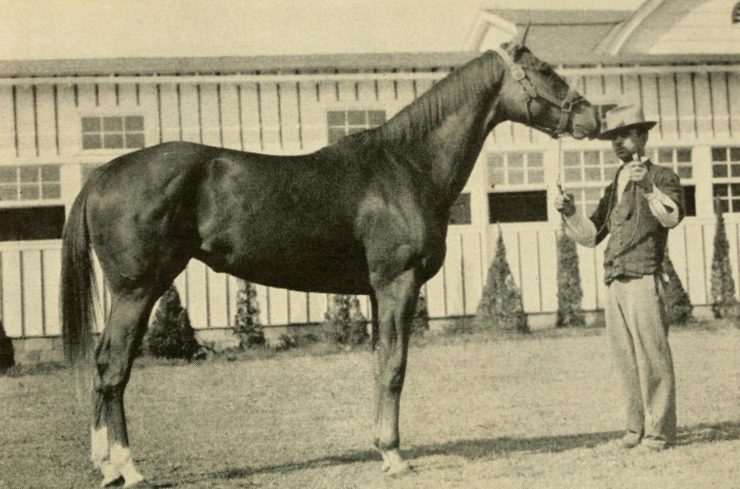One of my frequent pieces of advice, here and in general, is that if you’re not an expert in a subject—say, horses—and you’re writing or reading or watching something that has to do with them, your best strategy is to check in with people who actually are experts. But here’s a question.
Is it possible for an expert to be wrong?
One of the ways I keep the hay bill paid is to serve as a consultant for authors who want to check the horse-related segments of their work. That makes me an Expert, too. So the caveats I’ll present here apply as much to me as to anyone else who hangs out the shingle.
One author has also been running their horse scenes past a friend who is a rider, owns a horse, shows that horse–and thinks some of those scenes are heavily “romanticized” and implausible. Whereas I disagree. I think they are plausible, and there’s no need to claim it’s magic or wave the fantasy wand in order to make them true.
Who’s right?
Well, I say I am, of course. And so does the other consultant. We’re both basing our responses on our own experience, along with our research and our background–our education as horse people. One has not experienced these things. The other has. The one who hasn’t experienced them maintains that they don’t exist, can’t exist. “Horses aren’t like that. You’re anthropomorphizing.” The other says, well, yes, they are, and no, you’re not.
What does this mean for the writer who is trying to get it right, or the reader who wants to be able to trust the author?
It means the same thing that applies to any other research the writer will do, in whatever field they need for the book. They have to consider the source, weigh the options, and decide what works best for the book–then be prepared to get letters that say “You got it wrong!!!” right next to letters that say, “Wow, did you get that right!”
It’s all about making educated choices. Which means talking with educated sources, checking out different sides of a question, and learning as much as one can about the subject.
When it comes to horses, there are all sorts of variations on training methods. It’s not just the range from harsh to gentle, from beating the crap out of the horse to bringing it along softly and slowly and avoiding conflict. It’s the attitude the trainer brings to the method, too: how they approach the horse, and how they perceive it as they do so.
Buy the Book


Flyaway
Even the gentlest trainer might disagree with another gentle trainer about how the horse thinks and how it interacts with humans. Many horse people believe that a horse is a fairly unintelligent animal, very Pavlovian in how he reacts to the world (see spooky thing, run from spooky thing), without emotions as humans understand them. He doesn’t think in any measurable sense, he just reacts according to his instincts. He certainly doesn’t bond with humans the way dogs do. He’s a lovely creature, beautiful to watch, and the horse person may love him, but he’s limited in how much (if at all) he can reciprocate. If he does seem to show affection, he’s doing it for the cookies in your pocket–i.e. he’s food-motivated rather than emotionally motivated.
Then there’s the other kind of horse person. This one sees the horse as quite intelligent and perfectly capable of forming emotional bonds. They won’t be exactly the same as those a dog forms–a dog lives in the house with the human, and as a pack animal and a predator is closer to the human in terms of psychology and motivation. The horse is a herd animal and a prey animal (and also, for the most part, quite a large animal), and generally it’s not practicable for it to live in a human habitation; its interactions with the human will therefore be, in the vast majority of cases, on the horse’s turf.
This puts the human at somewhat of a disadvantage right at the start–and one way the human may cope with this is by denying the horse’s intelligence or its ability to connect emotionally with a human. The human controls the animal by downplaying the animal’s intelligence (since intelligence is the one advantage the human has over this large, powerful creature).
But to the human who disagrees with this approach, the horse comes across quite differently. He accommodates the human’s physical weakness, accepts their intellectual strength, and perceives them as a part of his herd, usually as a dominant member of it–which is important because subordinate horses get thumped early and often, and humans can get killed by a bite or kick that would barely leave a mark on a horse. The horse is capable not only of forming a bond with the human, but of forming a very strong one–the kind that inspired horsewomen Anne McCaffrey and Mercedes Lackey to create their sf-fantasy versions of human/animal bonding. Dragons and Companions are both based on real-world horses and their connections with their riders.
Romanticized? Well, yes. Dragons, after all, and complete two-way telepathy, not to mention teleportation, are getting well into the realm of the imagination. Likewise snow-white not-really-horses with silver hooves that chime wherever they go. But the emotional part has a definite real-world basis. For a particular kind of horse person, not only do humans relate strongly to the horse, the horse reciprocates.
This will come across as fantasy to the horse person who has not experienced this or who has their reasons for not believing it exists. They will maintain firmly that it’s impossible; that people who believe this are projecting their own human feelings and intelligence on an animal. But for every one of them, there’s another who will tell you, “Yes, that’s how it is. It’s real; it exists.”
A writer, especially if they’re writing fantasy, can take their pick of approaches. They can even put the two in the same book. One of the most popular plots is that of the hero/ine who does what everybody else believes is impossible. In a world that regards horses strictly as transportation, a person who sees the horse as a person will be a definite outlier–and if the horse turns out to be something magical and wonderful that saves the world, so much the better. Or the writer can go the other way and have everyone over-inflating the horse’s capabilities, and the person who sees them as they really are will save the day.
There’s a secret of writing alien or historical or not-Us cultures, right there. Seeing all sides of the question, and writing one or more sides from the perspective of that side. Putting one’s own biases and assumptions aside and perceiving one’s written world as the people in it perceive it. Or, choosing to write according to one’s own beliefs and assumptions, but with awareness that gives one perspective.
Short form: It makes one a better writer. And for readers, it means one’s work is more believable, even when they have to suspend their own disbelief as they read. The world the writer has created is real to them while they’re in it. And that’s a kind of magic all on its own.
Judith Tarr’s first novel, The Isle of Glass, appeared in 1985. Since then she’s written novels and shorter works of historical fiction and historical fantasy and epic fantasy and space opera and contemporary fantasy, many of which have been reborn as ebooks. She has even written a primer for writers: Writing Horses: The Fine Art of Getting It Right. She has won the Crawford Award, and been a finalist for the World Fantasy Award and the Locus Award. She lives in Arizona with an assortment of cats, a blue-eyed dog, and a herd of Lipizzan horses.










